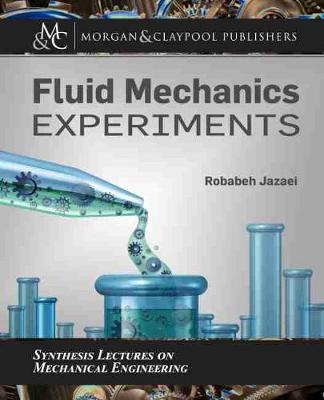Fluid mechanics is one of the most challenging undergraduate courses for engineering students. The fluid mechanics lab facilitates students' learning in a hands-on environment. The primary objective of this book is to provide a graphical lab manual for the fluid mechanics laboratory. The manual is divided into six chapters to cover the main topics of undergraduate-level fluid mechanics. Chapter 1 begins with an overview of laboratory objectives and the introduction of technical laboratory report content. In Chapter 1, error analysis is discussed by providing examples. In Chapter 2, fluid properties including viscosity, density, temperature, specific weight, and specific gravity are discussed. Chapter 3 revolves around the fluid statics include pressure measurement using piezometers and manometers. Additionally, hydrostatic pressure on the submerged plane and curved surfaces as well as buoyancy and Archimedes' Principle are examined in Chapter 3. In Chapter 4, several core concepts of fluid dynamics are discussed. This chapter begins with defining a control system based on which momentum analysis of the flow system is explained. The rest of the chapter is allotted to the force acting on a control system, the linear momentum equation, and the energy equation. Chapter 4 also covers the hydraulic grade line and energy grade line experiment. The effect of orifice and changing cross-sectional area by using Bernoulli's' equation is presented in Chapter 4. The application of the siphon is extended from Chapter 4 by applying Bernoulli's' equation. The last two chapters cover various topics in both internal and external flows which are of great importance in engineering design. Chapter 5 deals with internal flow including Reynolds number, flow classification, flow rate measurement, and velocity profile. The last experiment in Chapter 5 is devoted to a deep understanding of internal flow concepts in a piping system. In this experiment, students learn how to measure minor and major head losses as well as the impact of piping materials on the hydrodynamics behavior of the flow. Finally, open channels, weirs, specific energy, and flow classification, hydraulic jump, and sluice gate experiments are covered in Chapter 6.
- ISBN10 1681739267
- ISBN13 9781681739267
- Publish Date 16 September 2020
- Publish Status Unknown
- Publish Country US
- Imprint Morgan & Claypool Publishers
- Format Paperback (US Trade)
- Pages 101
- Language English
